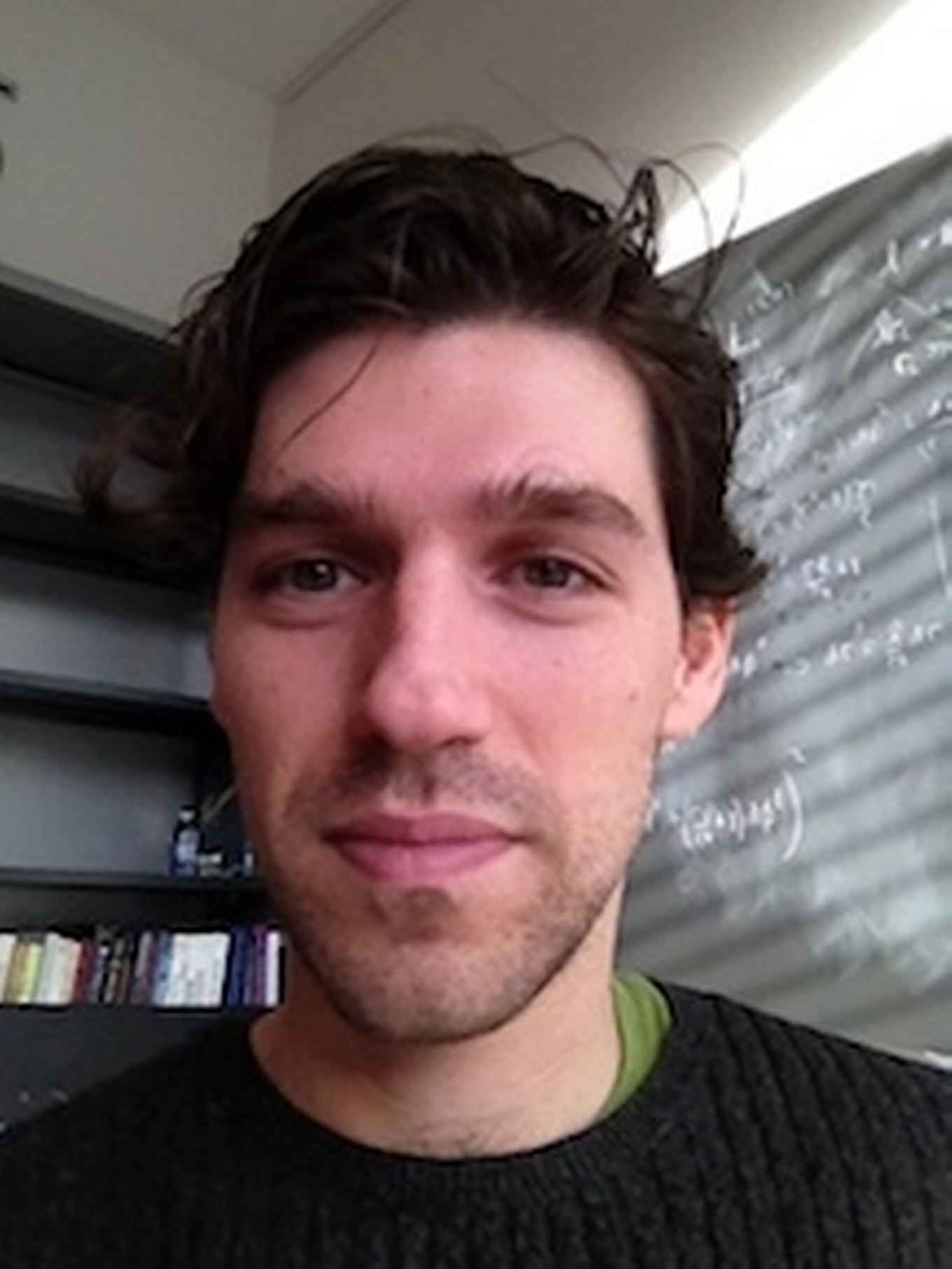ERC Starting Grant for Diego Hofman
13 September 2016

One of the most striking results in theoretical physics over the last twenty years has been the understanding of a holographic principle connecting the physics of quantum gravity in a d+1 dimensional negatively curved space-time to that of a theory without gravity in d dimensions. This result is incredibly important as gravity has been resisting a fully quantum-mechanical treatment for many years. The purpose of Hofman’s research is to extend the correspondence to more general geometric structures, opening new directions to apply the holographic principle to our own positively curved physical space-time.
Holographic principle
Holography (AdS/CFT) is by now a fundamental tool in the understanding of both strongly coupled conformal field theories (CFTs) and quantum theories of gravity in Anti de Sitter (AdS) space-times. Our understanding of the duality has made it possible to advance various different fields in theoretical physics. On top of providing clues as to the precise nature of quantum gravity, holography has been successfully used to study the properties of strongly coupled quantum field theories. In particular, applications to condensed-matter systems and nuclear physics have been successfully explored. Even though the literature on the AdS/CFT correspondence is vast and the number of important results is astonishing, many important open questions remain. Some of them are of quite fundamental nature, residing at the core of the meaning of the holographic principle.
(non) Anti de Sitter space
While holography in Anti de Sitter (AdS) space-times is rather well understood, we currently lack a basic picture of what it means in non-AdS space-times. Considering non-AdS space-times is an essential and urgent next step in the study of quantum gravity as we seem to live in a universe with a positive cosmological constant that is approaching de Sitter (dS) in the far future.
Extending the holographic principle
To gain a more universal understanding of quantum gravity, Hofman will extendithe holographic principle to more general geometries. The correspondence can be generalized not only by considering more general space-times but also by considering completely novel general geometric structures differing from Einstein gravity/Riemannian geometry. Hofmans goal is to find a more general version of the holographic dictionary in a language that will allow us to apply it to our own physical and positively curved, de Sitter space-time.
The success of this line of research will dissolve roadblocks towards answering important open questions in the field, such as the microscopic origin of the entropy of extremal black holes and cosmological horizons, which necessarily have a non-AdS origin.
